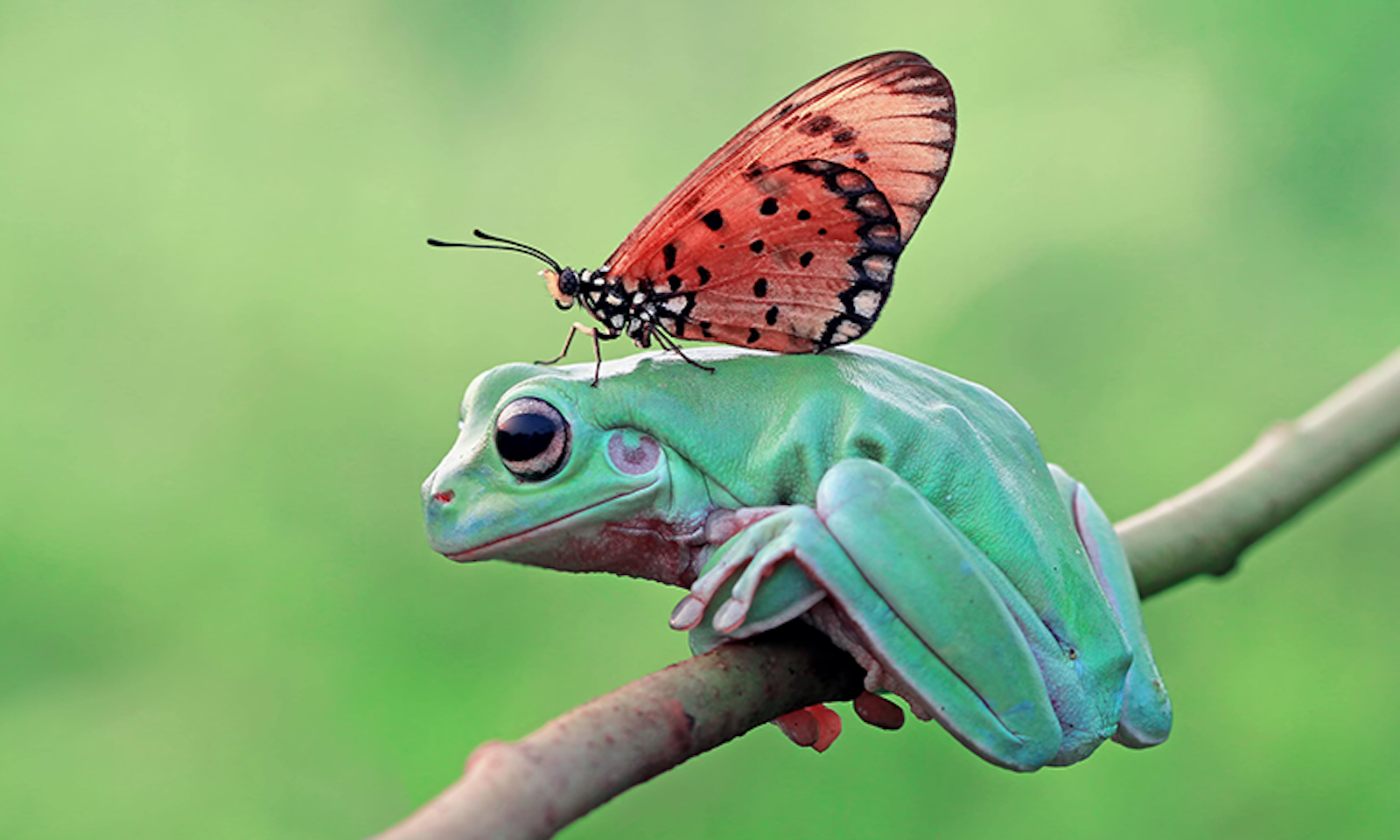Many have heard the famous story of the Yellowstone wolves. Hunted nearly to extinction in the early 20th century, the wolves were no longer numerous enough to keep populations of deer and elk in check. The deer and elk multiplied, sending major ripples through the park’s ecosystems. They overgrazed the land and trees, including iconic willow and aspen. Without leafy branches in which to build their nests, the songbirds left. The beavers disappeared, too, because they no longer had materials to build their dams, which eroded streams. This made it tough for willows to grow on stream banks, and without the shade the trees once provided, water temperatures became too hot for cold-water fish. When wolves were reintroduced to the Yellowstone Park in 1995, scientists watched in awe how all those changes rolled back over a few years, rebalancing the ecosystem.
Animals that play such a key role in shaping their environments are called “keystone species.” Apex predators—including wolves, lions, and jaguars—are among the most identifiable of keystone species, because, like the wolves, they can cause a cascade of effects down the food chain. (The concept of keystone species originated with research into the ecosystem impacts of starfish, an apex predator in some intertidal environments, conducted by ecologist Robert Treat Paine in the 1960s.) And yet, many smaller, quieter species who are not at the top of the food chain also play leading roles in keeping an ecosystem running on track and should attract more attention from conservationists, says Ishana Shukla, a community ecologist at the University of Victoria and Raincoast Conservation, in Canada.
Eliminate all rodents, and your crops may grow poorly.
She and her team recently conducted a systematic analysis of the scientific literature to compile a list of species identified as keystones. After reviewing 1,800 papers, they composed a list of 230 such animals, publishing their findings in Ecology and Evolution. In addition to large carnivores, the list included quite a few surprising creatures, including squirrels, bats, rats, fish, and even butterflies.
Shukla’s team broke down the 230 species list into five clusters, based on combinations of their biological classification, body size, position in the food chain, and role in the ecosystem. The first cluster was composed of the large-bodied “vertebrate consumers”—wolves, pumas, sharks, and the like. The second tier contained a more diverse list of invertebrates, primarily herbivores, a few steps down in the food chain, including the freshwater pearl mussels Margaritifera margaritifera, and the cabbage butterfly Diadema africanum.
The pearl mussels filter water, so they act as ecosystem sanitizers—without this filtration, many species in their ecosystem would not survive. For their part, when cabbage butterflies deposit their eggs into plants, it changes how the plants grow and what other animals will eat them. Some animals don’t like grazing on vegetation covered in eggs, for example. “After that, only specialist herbivores would consume the butterfly-influenced plants,” Shukla says.
Fish constitute about two-thirds of cluster three. These fish eat plants or other fish, helping to prevent population overgrowth in any one species and to maintain a diversity of other species in their respective ecosystems. Cluster four contained the types of creatures that scientists called “modifiers” because their activity modifies an ecosystem not through consumption of neighboring species but through other means. For example, the western honey bee, Apis mellifera, can increase the genetic diversity of many plants by spreading their pollen.
Rodents dominate cluster five, which is also composed of modifiers. Rodents burrow into the ground, which stimulates soil-nutrient cycles. As they dig their tunnels, they churn up the soil, releasing carbon and nitrogen, making these nutrients available to plant roots. Many of them also eat seeds, which they help disperse. Squirrels, for example, bury acorns in the ground, which allows new trees to grow. “Unfortunately, a lot of [rodents] are seen as agricultural pests so they are targeted with either pesticide or rodenticide,” Shukla says. “But they’re quite important for ecosystems.” Eliminate all rodents, and your crops may grow poorly because they can’t access the soil nutrients anymore.
The scientists were surprised by many of the species that made their list, Shukla notes, which prompted them to suggest a shift in both conservation practices and public perception related to keystones. “We really need to [support] not just these wonderfully charismatic apex predators,” Shukla says, but also other smaller, enigmatic players without which ecosystems would suffer greatly. ![]()
Lead image: Kurit afshen / Shutterstock.




























